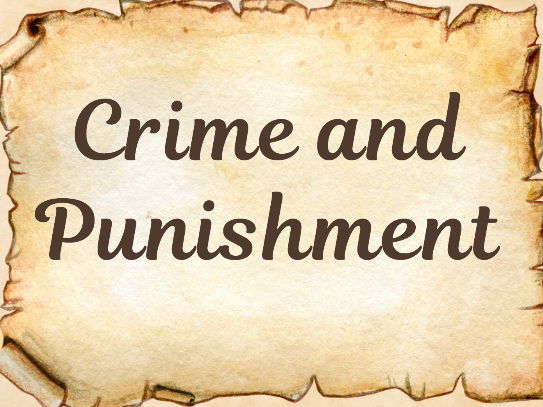




Trials by fire, man-prices, and no police – how fair was justice in Anglo-Saxon Britain?
This engaging third lesson in the Crime and Punishment unit explores how the Anglo-Saxons dealt with crime, justice, and community responsibility. With an emphasis on historical interpretation and critical thinking, pupils investigate how law and order changed after the Romans left — and whether justice became harsher or more communal.
Pupils will explore:
The role of tithings, hue and cry, and communal justice
Gruesome trials by ordeal and how guilt was “proven” by divine judgement
The wergild (man-price) system as an alternative to execution
Key historical skills: using and interpreting visual sources
What’s Included:
Engaging teaching PowerPoint with historical background, visuals, and tasks
Retrieval activity to compare Roman, Anglo-Saxon, and modern justice systems
Printable knowledge organiser with key vocabulary (trial by ordeal, wergild, tithing, hue and cry)
Primary source interpretation task – pupils analyse Anglo-Saxon images and artefacts
Discussion prompts and fairness debates on whether these punishments were just
Something went wrong, please try again later.
This resource hasn't been reviewed yet
To ensure quality for our reviews, only customers who have purchased this resource can review it
to let us know if it violates our terms and conditions.
Our customer service team will review your report and will be in touch.